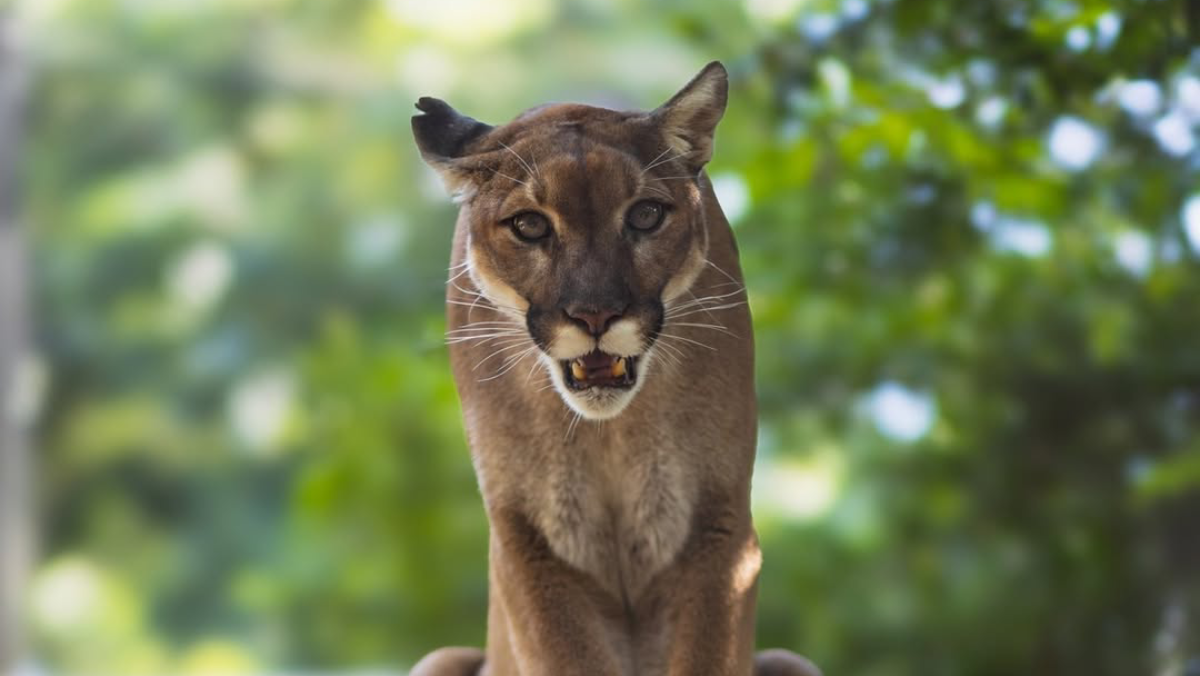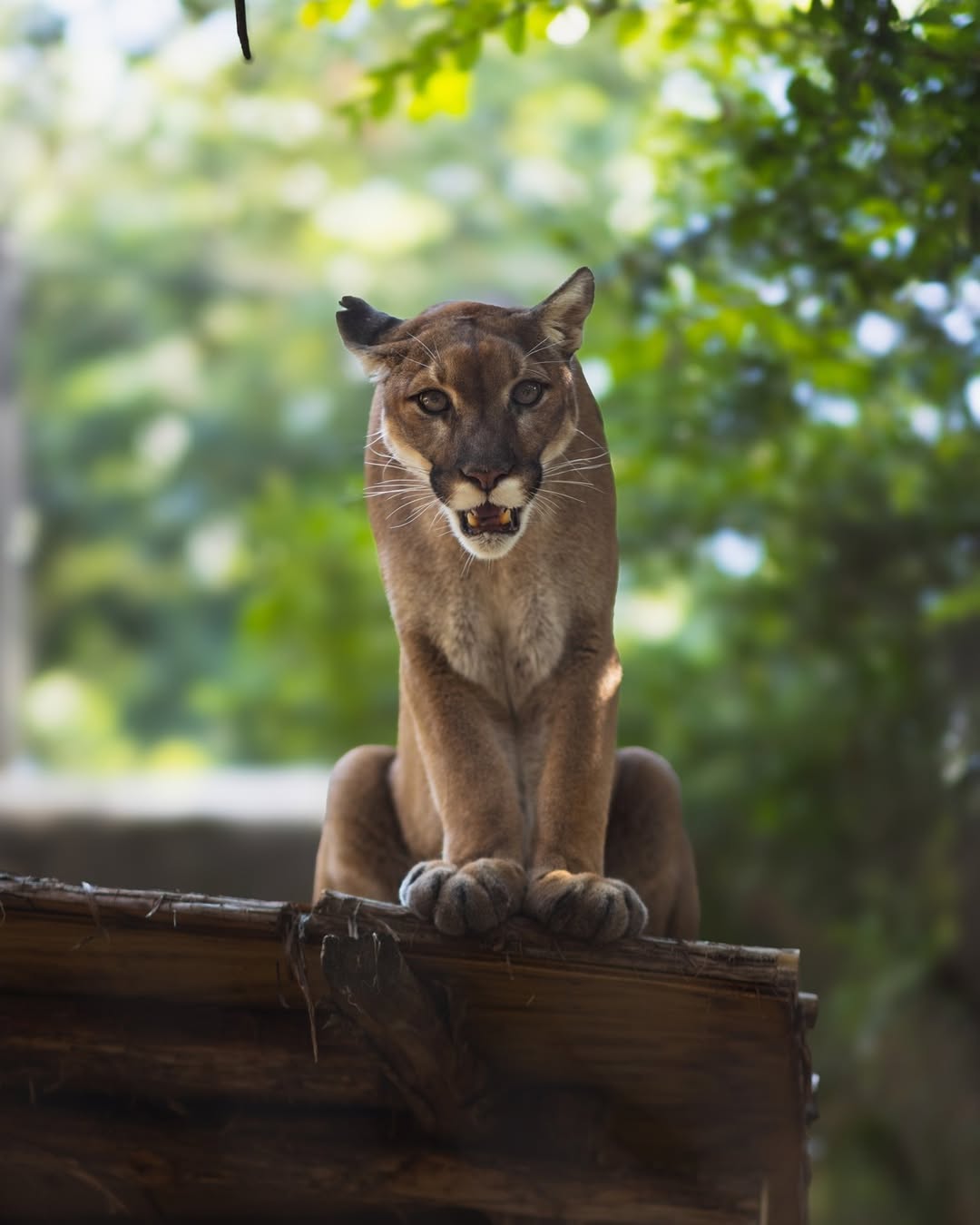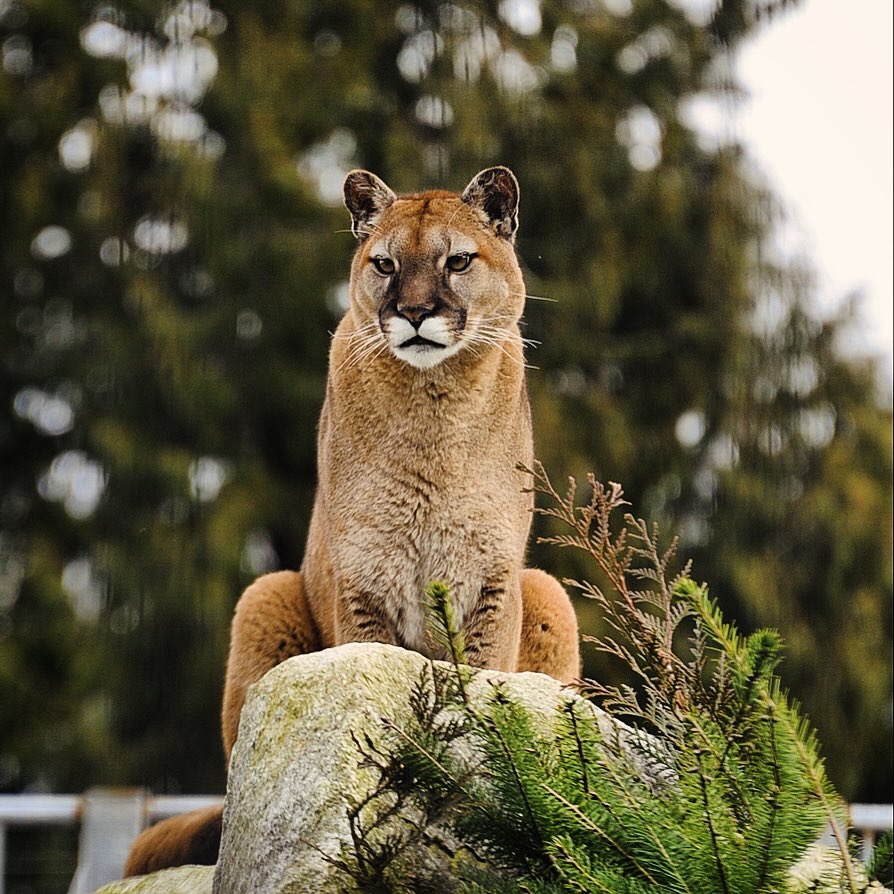📖 Table of Content:
When you think of cougars, you might picture them prowling through the wild, elusive and powerful, but you probably don’t imagine them crossing state lines on highways or through urban areas. But that’s exactly what’s happening.
As efforts to protect wildlife and encourage animal movement across human-made barriers intensify, cougar corridors are becoming a hot topic. These corridors—designated areas that allow big cats to roam safely—are stirring up big questions and even bigger debates across the U.S.
Cougars, also known as mountain lions or pumas, once roamed freely across much of North America. Today, however, their numbers have dwindled in some areas due to habitat loss, hunting, and human development.
In recent years, there has been a growing push to build “cougar corridors”—routes that allow these majestic creatures to travel across various landscapes without running into obstacles like roads, fences, and cities. But while these corridors aim to protect cougars, they’ve sparked a range of controversies and concerns, from safety issues to environmental impacts.
The Need for Cougar Corridors
Cougars are solitary creatures, often covering huge territories in search of food, mates, and safety. Unfortunately, modern life presents numerous challenges for these big cats. Urban sprawl, highways, and fences have fragmented their natural habitats, limiting their ability to roam freely and find suitable environments.
Cougar corridors aim to address this issue by providing safe passages for these animals to travel. These corridors, often made up of wildlife bridges, tunnels, and open stretches of land, allow cougars to move from one area to another without the risk of being hit by cars or becoming trapped in urban settings.
In states like California, Washington, and Colorado, where cougar populations are rising, these corridors are seen as a necessary step toward conservation. By connecting habitats and allowing cougars to migrate, these corridors can help ensure genetic diversity, reduce inbreeding, and improve the overall health of cougar populations.
The Controversy Surrounding Cougar Corridors
While the idea of cougar corridors sounds great on paper, the reality is much more complicated. Several groups, from local residents to wildlife experts, have raised concerns about the potential consequences of creating these corridors.
1. Safety Concerns
One of the biggest concerns is safety. As cougars move through new areas, there’s a risk they may come into contact with human populations. In places where cougars were once rare or nonexistent, people might not know how to safely coexist with these big cats. This could lead to dangerous encounters, particularly for children, pets, or livestock.
Cougars are powerful predators, and while they typically avoid humans, there’s always the chance that a frightened or hungry cougar could approach urban areas.
Experts stress that cougar corridors should be built with proper precautions to ensure both human and animal safety. This includes educating the public about how to handle cougar sightings and implementing measures that prevent cougars from venturing into residential areas.
2. Environmental Concerns
Another issue with cougar corridors is their environmental impact. Some people argue that these corridors could interfere with existing ecosystems, causing more harm than good. For instance, some corridors may have to cross agricultural or industrial lands, which could disrupt farming practices or local wildlife.
On the flip side, supporters argue that well-planned corridors can actually benefit the environment by helping to restore natural animal migration patterns. These corridors may also provide opportunities for other species to travel safely, improving biodiversity in the region.
3. Economic and Property Concerns
Property owners are another group who are often concerned about cougar corridors. Creating a pathway for wild animals to pass through private land could affect property values, limit land use, or even lead to safety issues for homeowners. As cougars move across different terrains, they may encounter livestock, which raises concerns for farmers and ranchers about the safety of their animals.
On the other hand, proponents of cougar corridors believe that properly implemented corridors could enhance the tourism industry, as nature enthusiasts would flock to areas known for wildlife sightings. Additionally, many argue that the long-term benefits of a thriving ecosystem and healthy cougar population far outweigh the temporary inconveniences for private landowners.
Balancing Conservation with Concerns
Despite the controversies, cougar corridors are gaining momentum across the U.S. Wildlife experts and government agencies are working together to develop solutions that balance conservation efforts with the concerns of local residents.
In some areas, wildlife bridges and tunnels have already been built to safely guide animals across highways. These measures have proven effective in allowing animals to pass without disrupting human activities. The key to successful cougar corridors will be finding the right balance between wildlife needs and human concerns.
Some experts suggest that more public awareness and involvement in the planning stages could help resolve many of these concerns. Engaging local communities and stakeholders in the conversation could help develop solutions that everyone can agree on, whether it’s installing proper fencing, creating safe passageways, or setting up monitoring systems to track cougar movements.
A Step Toward Coexistence
Cougar corridors are part of a larger movement toward better coexistence between wildlife and humans. As more and more wild animals are forced to adapt to increasingly urbanized landscapes, creating corridors and safe passages could become an essential tool in preserving wildlife populations across the country.
While cougar corridors may not be a perfect solution, they represent a positive step toward maintaining the health of wild cat populations and ensuring that future generations will be able to witness these incredible animals in the wild.
In the end, the question isn’t whether we should create cougar corridors, but how we can ensure that they benefit both humans and wildlife. The ongoing debates are a reminder that conservation is a complex issue that requires careful consideration of all perspectives, from safety and environmental impact to the importance of preserving our planet’s wildlife for the future.


